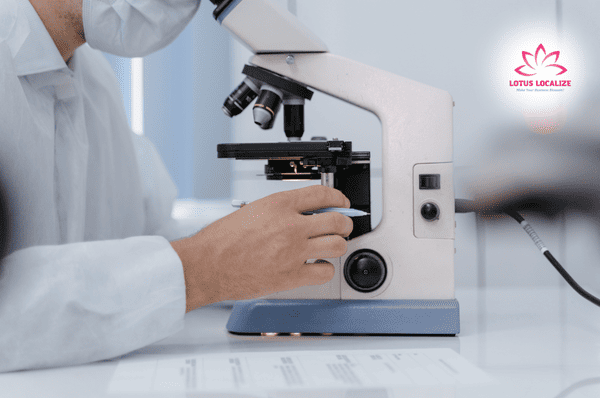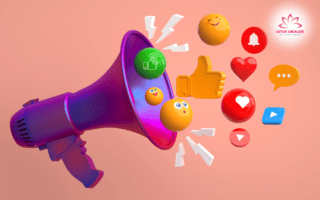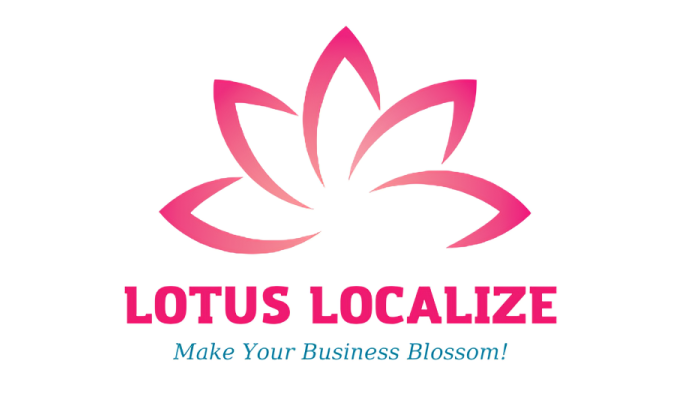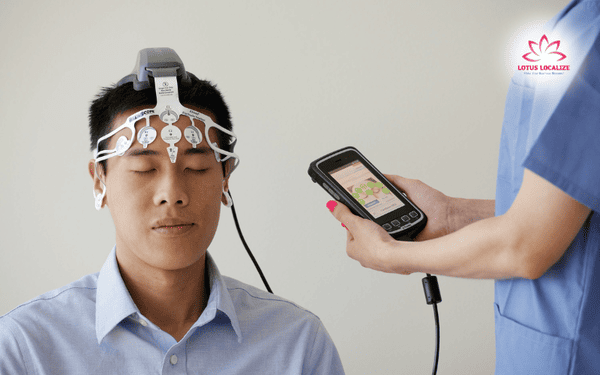
The impact of neuroscience translation on advancing global scientific progress
Neuroscience is an ever-evolving field, with new research and discoveries emerging daily. As the world becomes more interconnected, the need for precise, clear, and culturally sensitive neuroscience translation services grows. These services play a crucial role in making scientific knowledge accessible to a global audience, ensuring that researchers, healthcare professionals, and innovators can share their findings, collaborate effectively, and make strides in understanding the brain and nervous system. Let’s dive into what makes neuroscience translation so vital for scientific progress.
What does neuroscience translation entail?
Neuroscience translation services are specialized solutions designed to bridge language barriers in the field of neuroscience. These services ensure that scientific documents, research papers, medical records, clinical trial reports, educational materials, and even patents related to neuroscience are accurately translated while preserving their technical integrity and nuances.
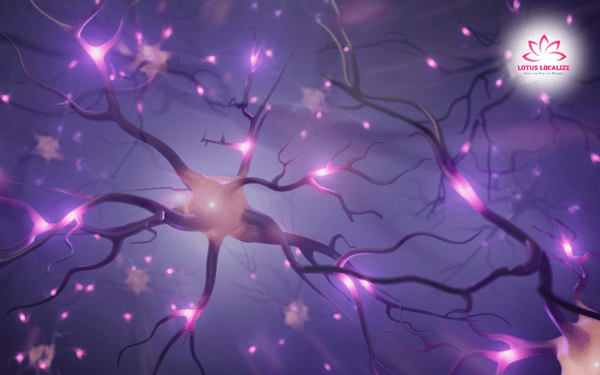
Unlike standard translation services, neuroscience translation involves an in-depth understanding of both the language and the subject matter. This ensures that complex terms and jargon specific to the brain, neurological systems, and related fields are translated with precision, without losing their intended meaning or value.
- Documents translated: Academic papers, research articles, clinical trial data, medical manuals, educational content.
- Language pairs: From English to French, Japanese to English, or any combination that serves international communication.
- Expertise required: Professionals with advanced knowledge in neuroscience, neurology, and the ability to understand specialized terminology.
Accurate translation in neuroscience is more than just converting words. It is about conveying complex scientific concepts across languages, ensuring that researchers from different parts of the world can understand and collaborate on groundbreaking discoveries.
Read more: How accurate veterinary translation guarantees optimal care for your pets
Why is neuroscience translation crucial for scientific progress?
The importance of neuroscience translation cannot be overstated. As one of the most complex scientific fields, neuroscience involves terminology that is often unique and highly specialized. To promote global scientific progress, these concepts need to be communicated in various languages. Here’s why neuroscience translation is essential:
- Facilitates international collaboration: Research in neuroscience often involves scientists and experts from different countries. Accurate translation ensures that collaborative research projects can move forward without language being a barrier.
- Promotes healthcare advancements: By translating medical texts, clinical trial results, and treatment protocols, healthcare providers across different regions can use the latest scientific data to improve patient care.
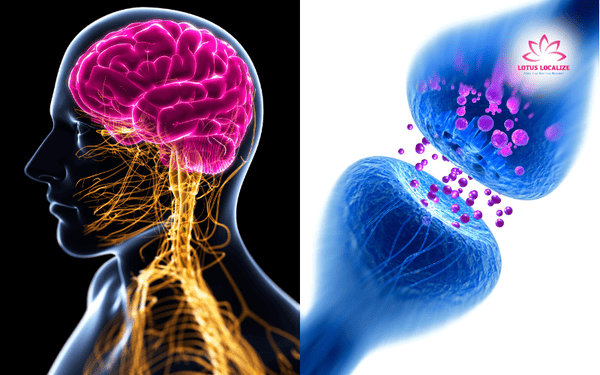
- Supports global education: As neuroscience evolves, educational institutions around the world need up-to-date materials to teach students. Translation makes it possible for students everywhere to access the same resources.
- Bridges cultural gaps: Not all scientific terminology carries the same meaning in different cultures. Neuroscience translation ensures that the essence of research is communicated in culturally appropriate ways.
In a world where collaboration is key to innovation, neuroscience translation ensures that no groundbreaking research is lost in translation, fostering rapid progress across borders.
Who benefits from neuroscience translation services?
Neuroscience translation services are crucial for a variety of professionals and institutions within the scientific and healthcare communities. Key beneficiaries include:
- Researchers and scientists: When publishing papers or engaging in cross-border collaborations, accurate translation is necessary to ensure that findings are understood by the global community.
- Healthcare providers: Neurologists and medical professionals rely on translated documents to provide quality care, participate in global studies, and implement new treatments based on the latest research.

- Pharmaceutical companies: In clinical trials, ensuring accurate translation of trial protocols, consent forms, and results is critical for patient safety and regulatory compliance.
- Educational institutions: Universities and research organizations translate neuroscience materials to provide consistent, updated curricula for students globally.
- Regulatory agencies: Governments and health organizations require precise translations of neuroscience-related documents for approval processes and compliance.
Neuroscience translation services equip these professionals with the tools they need to communicate effectively, ensuring that knowledge is shared and applied in meaningful ways across languages and cultures.
Read more: Understanding medical localization: A comprehensive guide
Common challenges in neuroscience translation and how experts overcome them
Neuroscience translation plays a crucial role in facilitating global communication within the scientific community. However, translating highly specialized neuroscience content presents a number of challenges. The complexity of the subject matter and the necessity for precise communication across different languages and cultures require a highly skilled approach. Below, we explore some of the key challenges in neuroscience translation and the strategies employed by expert translators to overcome them.
Specialized terminology
Neuroscience is a field filled with specialized jargon and technical terms that do not always have direct equivalents in other languages. This specialized language encompasses everything from anatomical terms to neurochemical processes, and translating these with accuracy is essential for maintaining the integrity of scientific research. For example, terms like “synaptic plasticity” or “neurodegeneration” might not have straightforward translations in certain languages, and their meanings could vary based on cultural interpretations.

How experts overcome this challenge:
- Deep knowledge of neuroscience: Expert translators in this field possess a strong understanding of neuroscience concepts. This allows them to grasp the nuances and make informed decisions about which terms are most appropriate.
- Consulting with subject matter experts (SMEs): Translators frequently collaborate with neuroscientists or medical professionals to ensure that technical terms are accurately rendered.
- Developing and maintaining glossaries: A consistent set of terms is crucial. Translators often create specialized glossaries that ensure uniformity in the translation of specific terms across projects.
Cultural sensitivity
Scientific concepts related to neuroscience might be perceived differently in various cultural contexts. For instance, the concept of “mental health” or “brain disorders” can carry different meanings, and the approach to discussing these topics can vary significantly between cultures. What is deemed scientifically correct in one culture might be seen as stigmatizing or controversial in another, leading to the need for careful cultural adaptation.
How experts overcome this challenge:
- Cultural adaptation: Translators carefully assess how neuroscience concepts are framed in the target culture, ensuring the message is not only accurate but also culturally sensitive.
- Adapting terminology and tone: The choice of words and the tone of communication might be adjusted to make the translation appropriate and respectful to the cultural context of the target audience.
Consistency across documents
Neuroscience projects often span across multiple documents, publications, and collaborative research. Maintaining consistency in translated terms and concepts across these documents is vital to ensure that the integrity of the research is not compromised. Without consistency, a term used in one section might differ from its use in another, potentially confusing readers or causing errors in interpretation.
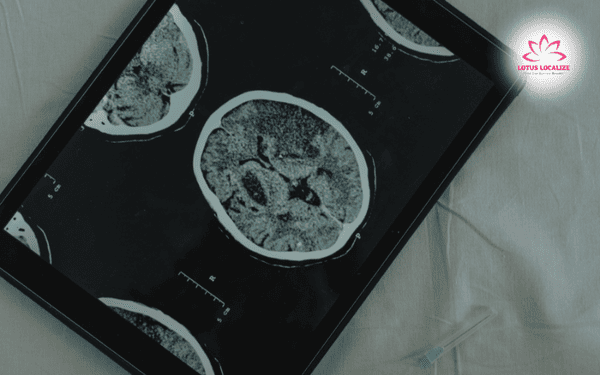
How experts overcome this challenge:
- Translation memory software: Translators use specialized tools like translation memory (TM) software, which stores previously translated terms and phrases. This helps maintain consistency across large projects and ensures that the same terminology is used throughout.
- Regular reviews and feedback: To guarantee consistency, translations are often reviewed and compared across documents. Any discrepancies are corrected before finalization.
Maintaining scientific integrity
In the highly specialized field of neuroscience, even small errors in translation can compromise the integrity of scientific findings. A slight misinterpretation of a key concept or term could result in incorrect conclusions, potentially jeopardizing the validity of research or clinical outcomes. This is particularly critical in fields like clinical trials, where the accuracy of translated documents affects patient safety and treatment protocols.
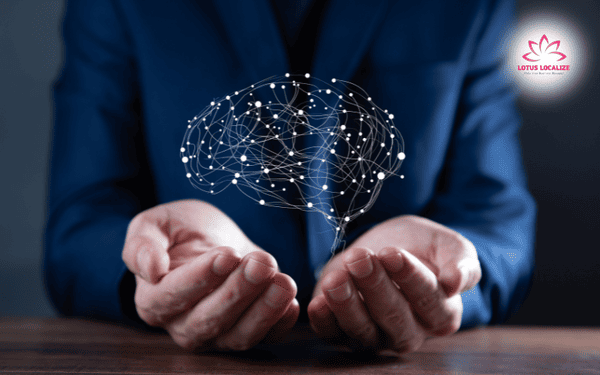
How experts overcome this challenge:
- Rigorous peer review processes: Expert translators often work with a team of researchers or specialists who review the translated documents to ensure the accuracy of the translation. This multi-layered approach reduces the risk of errors and ensures the scientific integrity of the content.
- Back-translation: Some experts use back-translation (translating the content back into the original language) as an additional step to verify the accuracy of the translation.
- Collaboration with researchers: Translators work closely with the research team to ensure that all terminology is precise and in line with the latest scientific standards.
By tackling these challenges head-on, expert translators ensure that neuroscience content is faithfully and accurately conveyed, facilitating global collaboration and progress in the field.
What sets high-quality neuroscience translation services apart?
When selecting a neuroscience translation service, you should prioritize quality and precision. Here’s what makes a translation service stand out:
- Expert translators: Look for translators with expertise in both language and neuroscience. A deep understanding of the subject matter ensures accuracy in translation.
- Cultural sensitivity: A standout service recognizes the importance of cultural nuances and ensures translations are adapted for the target audience.

- Confidentiality and data security: Scientific data is sensitive, so a reputable service will offer strict confidentiality and comply with relevant data protection standards.
- Quality assurance: A reliable service will include multiple stages of quality checks, from initial translation to peer reviews, ensuring a polished final product.
At the heart of a successful neuroscience translation service is the ability to handle complex scientific material with accuracy and cultural awareness, bridging the gap between languages to promote global scientific progress.
Neuroscience translation is vital to advancing scientific knowledge and collaboration worldwide. With the proper expertise, challenges such as complex terminology, cultural considerations, and consistency can be successfully addressed. When you choose the right neuroscience translation service, you’re ensuring that valuable research is accurately communicated, contributing to groundbreaking advancements in healthcare, education, and science. Trust in professional translation services to help make these important connections and keep the wheels of scientific progress turning.
At Lotus Localize, we specialize in high-quality neuroscience translation services, bridging language barriers and ensuring the accuracy and clarity of your research. If you need expert translation for your neuroscience-related documents, we are here to help.
Contact us today and let us assist you in advancing scientific progress with precise and culturally sensitive translations.
Lotus Localize offers professional translation services for various specialized industries: life science translation, technology translation, manufacturing translation, e-learning translation, legal translation, marketing translation… ensuring your message resonates—whether in writing or speech. Let us help you bridge linguistic gaps and connect with audiences worldwide.
Contact us today at our hotline or Whatsapp: + 84 866 224 968 or visit the websites: dichthuathoasen.com/en/. Let Lotus Localize accompany you in bringing products, people, and culture to the global stage, and together, we’ll create miracles!
QUALITY PROMISE
At Lotus Localize, we are dedicated to delivering high-quality services and ensuring the utmost satisfaction in every client project. Our team of translators and staff consistently exert effort and adhere rigorously to quality management procedures. This commitment guarantees that each project progresses seamlessly, meets deadlines, and exceeds our clients' expectations.







